Animals have played a key role in wartime efforts across the First World War to the present day.
Animals have performed a variety of functions throughout history, ranging from carrying men and munitions, to evacuating the wounded, performing guard and sentry duties, searching and rescuing, detecting gas in trenches, and detecting improvised explosive devices (IEDs) in Afghanistan.
Animals have also been used as modes of transportation and communication.
In this article, I’ll discuss how animals have played a significant role in helping humans win wars from the First World War to the present day.
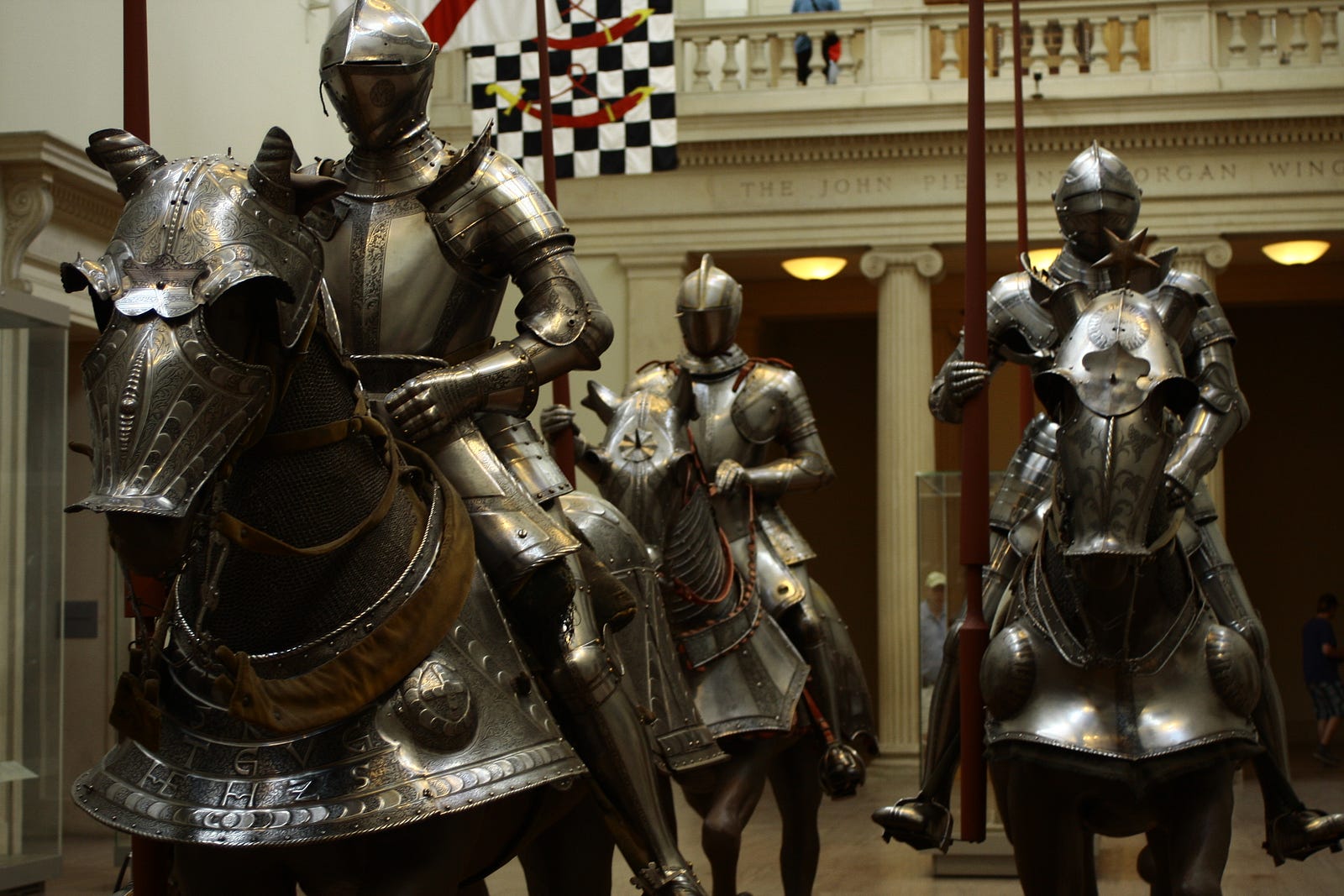
1.) Cavalry
In 1914, when the First World War broke out, both sides had large cavalry forces. Horse and camel-mounted troops were used throughout the war, particularly in the desert campaigns, but on the Western Front cavalry charges became increasingly hard as the fighting became deadlocked and trench warfare took over. Throughout the twentieth century, cavalry combat changed as combat became more mechanized.
Horses were first domesticated thousands of years ago and have been used as transportation ever since. Horses are still used to pull carriages, trains, and other forms of transportation today.
Due to its high speed, cavalry allowed humans to travel further distances in a short amount of time. Therefore, it allowed humans to spread across the world much quicker.
Horses were first brought to the US in the 16th century by explorers and traders. They were primarily used for work, such as pulling carriages and plows, but also for racing and other recreational activities. By the late 19th century, the popularity of horse racing had declined significantly, and many horses were sent to livestock and dairy farms in North America, where they were used for work.
In WWI & WWII, horses were responsible for nearly all of those victories that led to a victory on these fronts because of the speed impact that they created: The Battle of Tannenberg (1914); The Battle of Cambrai (1917); The First Battle of Ypres (1918); The Battle of Cambrai (1918) and The Second Battle of Ypres (1918).
Today, most horses in the US are used for recreational activities such as horseback riding, racing, and breeding.
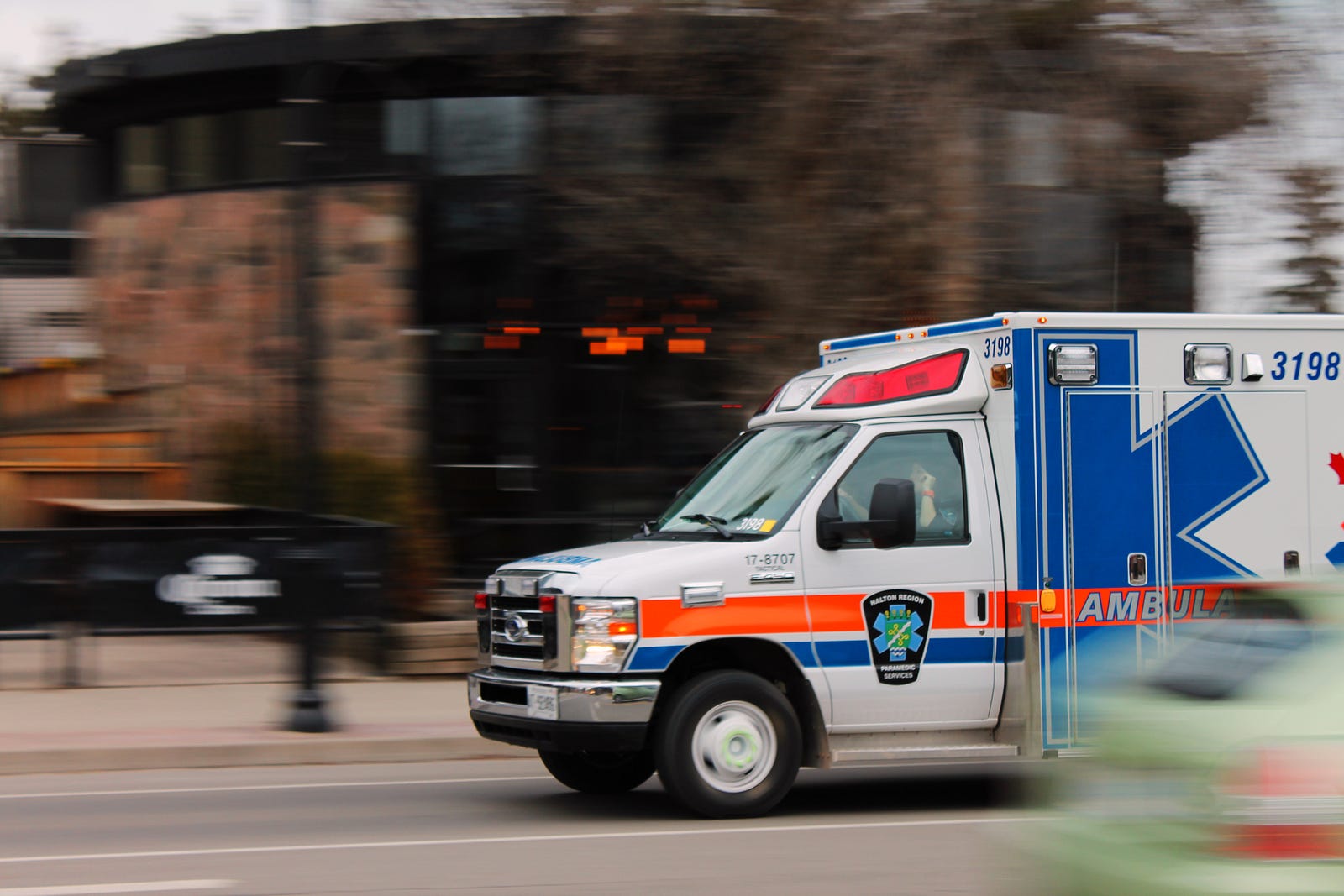
2.) Medical Evacuation
Horses were used to pull both horse-drawn and motorized ambulances on the battlefields of the First World War. The wounded were treated using a wide network of medical services, including animal-driven ambulances. In addition to using animals to transport the wounded, when roads were bad or terrain was rugged, wheeled or motorized vehicles could not function, camels would be used to carry the wounded to aid posts, dressing stations, or field hospitals.
During the war, to make a journey across the desert, the camels would stop frequently, allowing the wounded men on stretchers to be transferred between the animals.
On arrival at the next oasis, the wounded were given water, food, and rest, before being transported to the nearest hospital. The journey to the nearest hospital would take around two weeks, depending on the terrain.

3.) Transportation
During the First World War, horse-drawn wagons, donkeys, and mules hauled supplies across blasted battlefields. Working alone or in teams, they would transport heavy guns and ammunition, particularly in areas where motorized transport was unavailable. Elephants were additionally used to transport weapons and ammunition in Asia during the Second World War. Animals were not only used to haul weaponry and cargo but also to lug troops.
Many other animals helped in transportation across many wars for example, in the Second World War, the military used camels and mules to haul supplies. Camels were also used to deliver soldiers to the battlefield on foot. In the Pacific, elephants were extensively used for transportation across the Indian Ocean.
For example, dogs were used to carry wounded men during World War I, and elephants were used to haul ammunition by the British during both World Wars.
In addition to this, many animals have been employed in the production of war materials. For example, horses were used to pull wagons which transported guns and shells across battlefields during the First World War, while elephants were utilized for transporting ammunition during World War II.
Animals have long been employed in transporting goods and materials across deserts and hostile areas such as transportation of guns, ammunition, explosives, etc. In modern times vehicles have been extensively used for transporting goods and materials but animals continue to be employed in transport even today when they can still be found at work in many fields like agriculture, forestry, etc.
Animals have been used for millions of years to carry things, not just in war. In fact, animals have been used to create most of the ancient buildings you know, like the temples in Egypt, The Great Wall of China, etc.
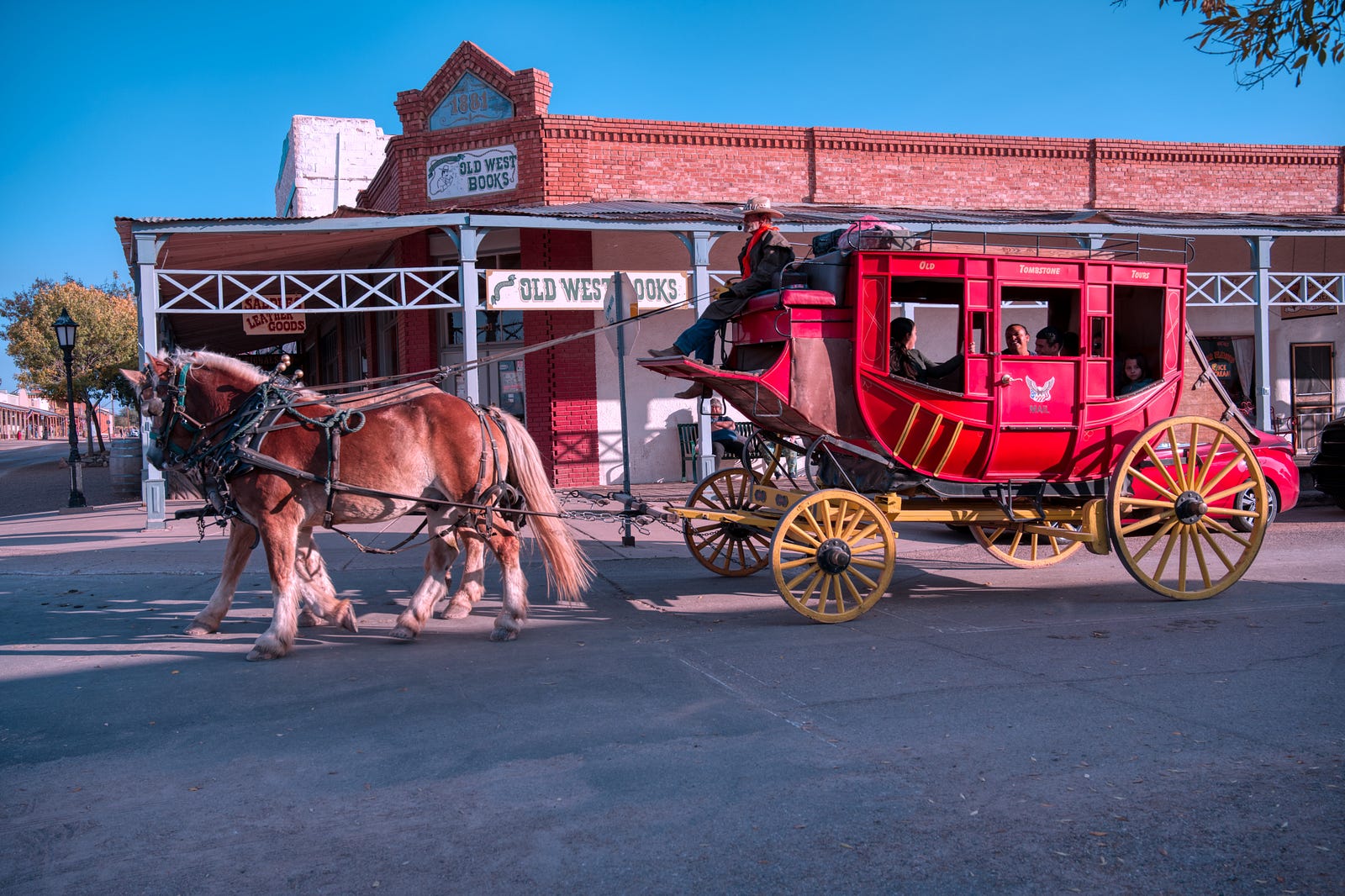
4.) Moving Large Objects
Horses, mules, donkeys, oxen, and elephants all played a huge role in the First and Second World Wars, for heavy labor. They would be utilized to construct highways and railways or to carry heavy loads over rugged terrain that was beyond the capability of motor vehicles. Due to the rough terrain characteristic of the Italian campaign in the Second World War, mules were particularly adept at navigating it, while in Asia the strength and skill of the elephant in moving big objects were particularly beneficial in constructing bridges.
At the beginning of the 20th century, elephants were used extensively in the construction of the famous Indian Railways during the British Raj. They were also used to lay pipes for water distribution, lay telegraph wires, clear land for agriculture, and many other purposes. Elephants have also been used extensively in logging activities.
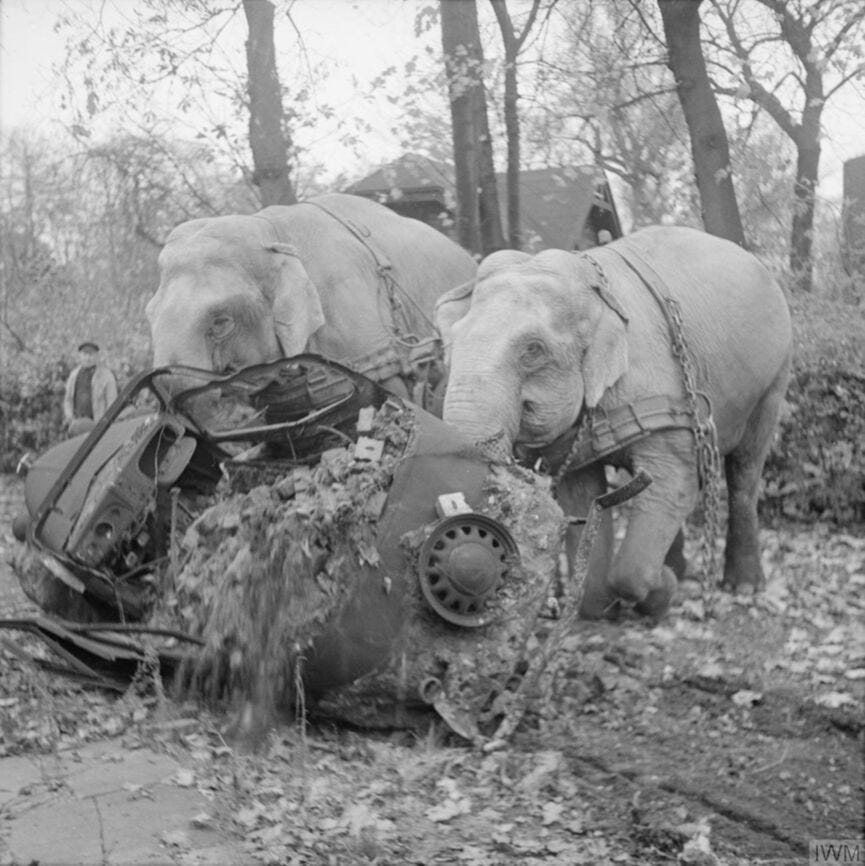
5.) Cleaning Up Bombed Areas
During the Second World War, Hamburg locals enlisted Kiri and Many’s brute strength to clear up bomb damage. This image of the elephants maneuvering a destroyed car was snapped six months after the end of the conflict.
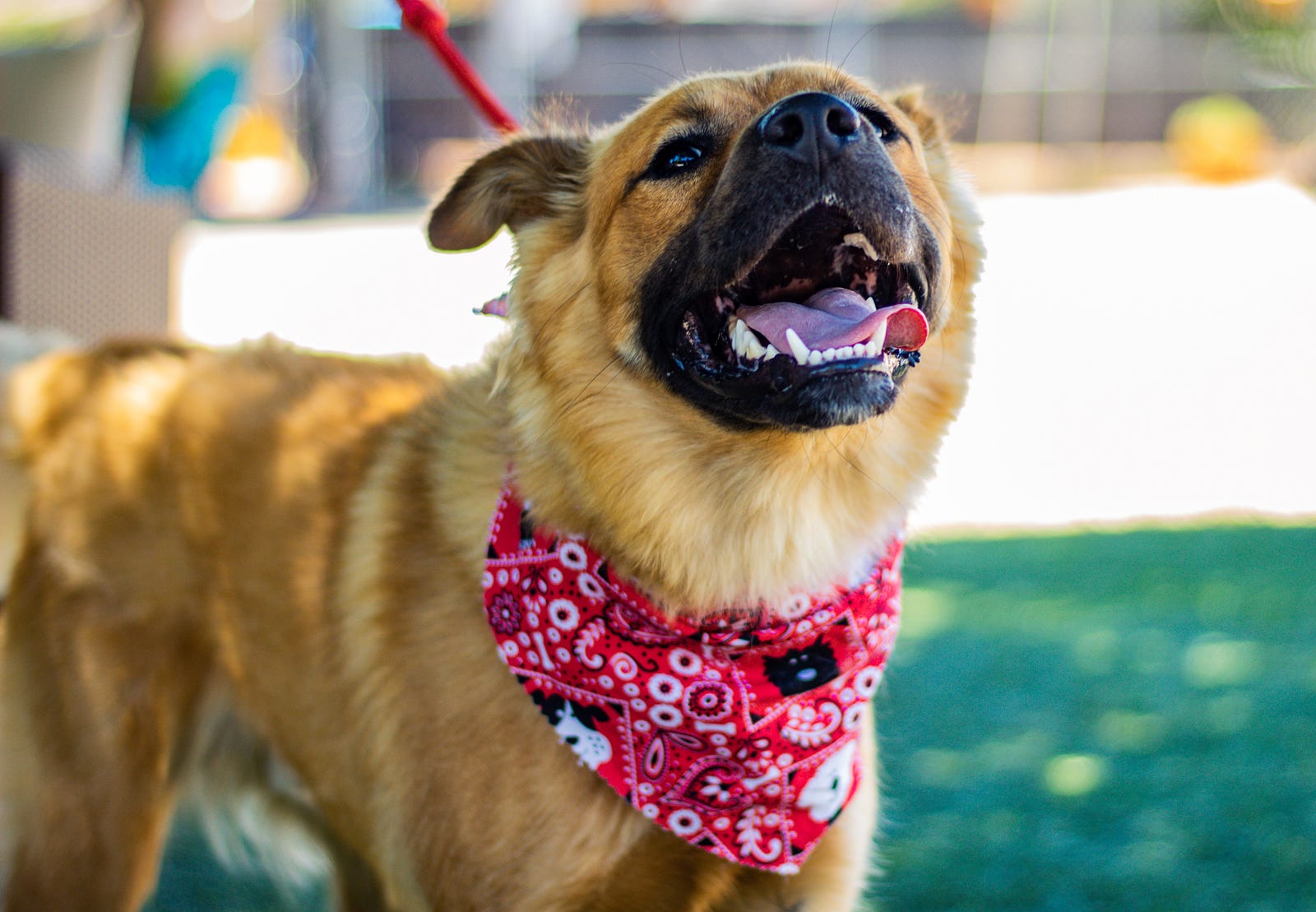
6.) Human Rescue
Dogs, with their superior sense of smell, could locate wounded soldiers and people in need of assistance during the Second World War.
During the battle, search and rescue dogs would wander into no man’s land to find injured men. They would also lead stretcher parties to men stuck in no man’s land as ambulances were unavailable. Dogs were also used to search and rescue after air raids by the German military during the Second World War, in addition to the country.
Rescue dogs are trained to find missing people in distress, search for survivors underwater, or find lost people on foot. The ability of these dogs is not just limited to war-related situations; they are used by law enforcement agencies (including the military) in various situations that include locating missing people and victims of natural disasters.
These animals may be used in situations where people have been kidnapped or have been injured. The ability of these dogs is not limited to war-related situations; they are used by law enforcement agencies (including the military) in various situations that include locating missing people and victims of natural disasters.
Animals have also been employed in many other roles such as medical care. In many places, medical care was provided by animals such as goats or donkeys which could be pulled along by carts or pulled by men in wagons. In some cases, medical personnel would use dromedary camels for transport over long distances (e.g., from Damascus to Aleppo in WWII.)
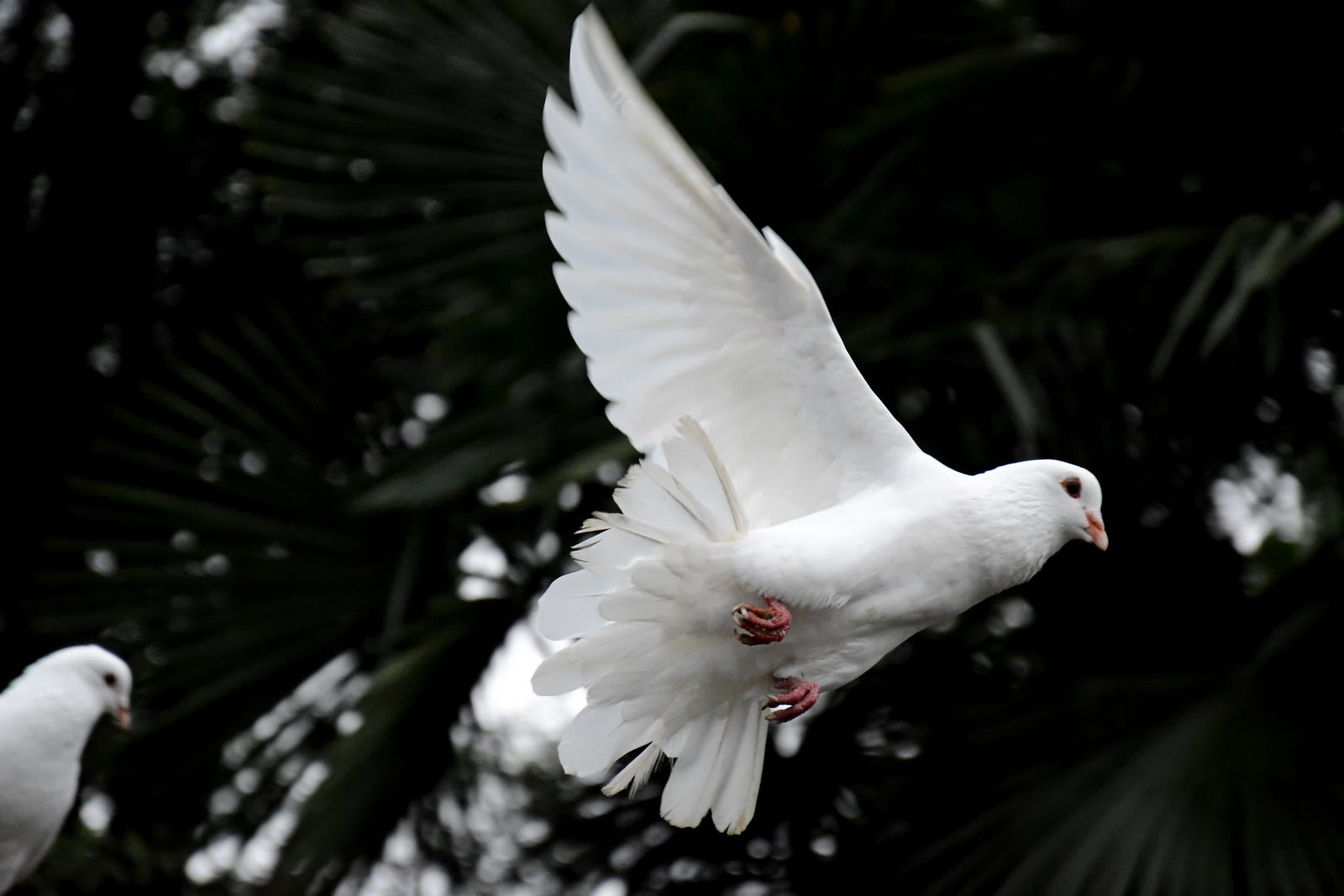
7.) Communication
Pigeons and dogs, capable of navigating battlefields more swiftly and effortlessly than humans, were trained to deliver messages. Because other forms of communication might fail or be cut off, this was particularly important.
During this time, pigeons were not just a means of communication. They served as a source of food, a form of medical therapy, and a form of currency. In some places, they were even considered part of the war effort.
As the war progressed, their importance only increased. For example, during the Battle of Verdun in 1917, France received news that Germany was sending food and supplies to their soldiers at the front. The only problem was that these supplies were being transported by pigeons. With a speed of about 600 meters per second, pigeons could not fly that fast, so the French had to intercept the pigeons in the air and then examine their cargo for military supplies. Germany was thus aware of France’s needs and could easily send supplies to the front.
By doing so, the military was able to reduce the stress caused by the war on the soldiers and improve their performance in combat. Dogs also helped to reduce the feelings of fear and anxiety in the soldiers, which helped them to cope with the horrors of war. Nowadays, dogs are still used by military personnel to help reduce the effects of war on the mental health of soldiers.
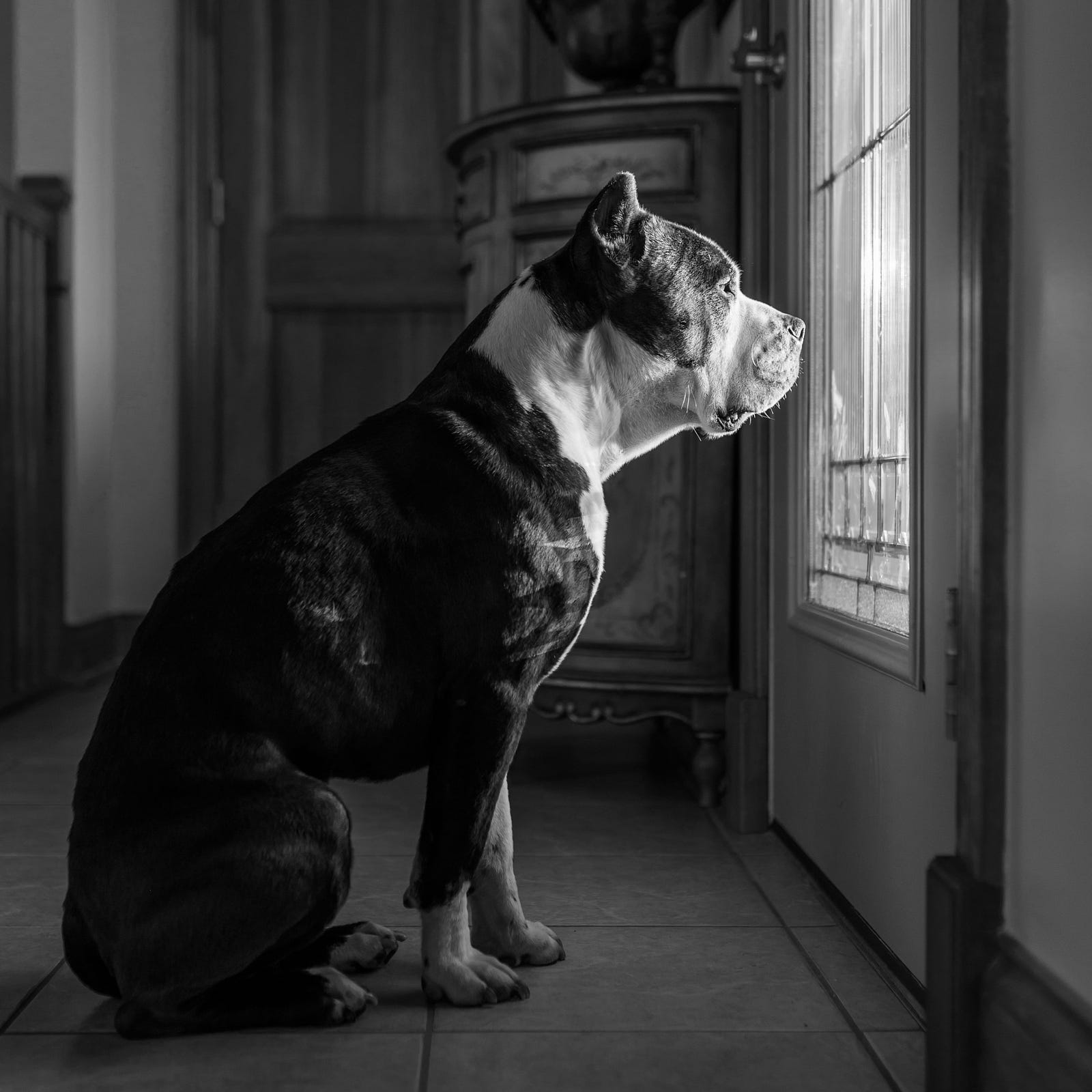
8.) Guard Animals
Dogs have exceptional hearing and sense of smell to be utilized for guarding militarily significant spots such as railways, bridges, defense facilities, and ammunition dumps. Scouting dogs, in addition to alerting their masters to the presence of enemy troops, need to discover them in a clandestine manner so as not to give away their position as a patrol.
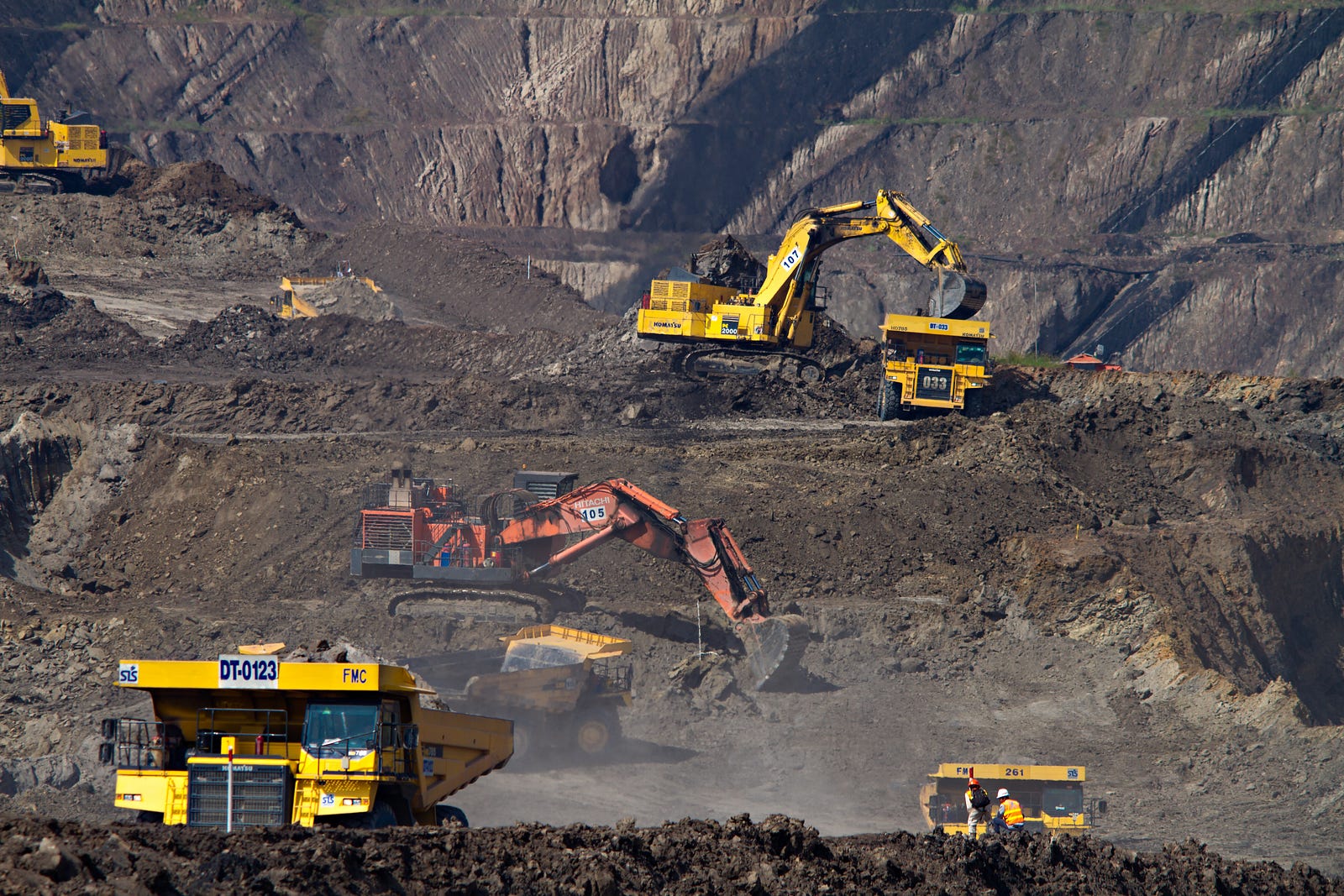
9.) Mine & Weather Detection
Sometimes it makes you wonder how crazy helpful dogs are in a war.
Also, animals like dogs can predict the weather. The military has used many types of dogs to detect and locate hidden bombs, including German Shepherds, Labrador Retrievers, Rottweilers, and Shih Tzu.
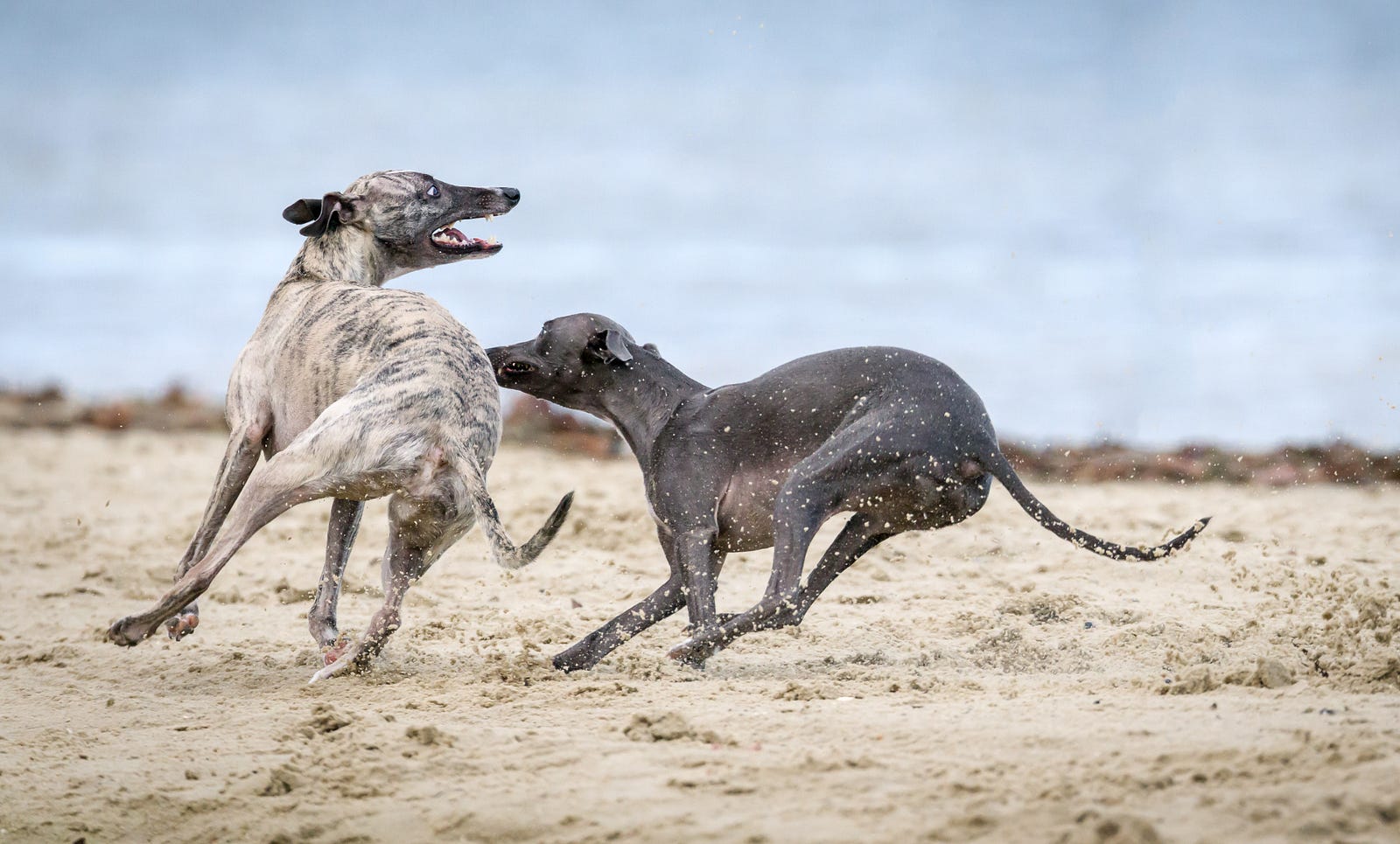
10.) Animal Persecution
Rats were attracted to the food, waste, and dead bodies in the trenches, thus spreading disease.
Cats and dogs were trained to hunt these vermin in order to maintain hygiene in World War I trenches. The pet dog in the photograph is from the Middlesex Regiment, with its rat catch. Cats were also used to hunt vermin on Royal Navy and merchant ships in order to protect the food stores from rats — a function they have performed throughout history.
Not to mention the fact that animals can locate other animals or humans sometimes better than humans. Dogs can be trained to find lost persons by listening for their distinctive bark sounds when a person has gone missing. Dogs can also be trained to respond specifically when a person has gone missing by using their sense of smell as well as searching through their sense of hearing so that they only respond to a specific sound when someone has gone missing from their presence. They are also trained not to bark at the same time if there is another dog nearby so they can not get the humans endangered.
- Can You Still Lose Weight If You Aren’t in Ketosis? - February 8, 2023
- Can the Keto Diet Help With Depression? - February 8, 2023
- Why Does Processed Food Make You Fat? - January 2, 2023




